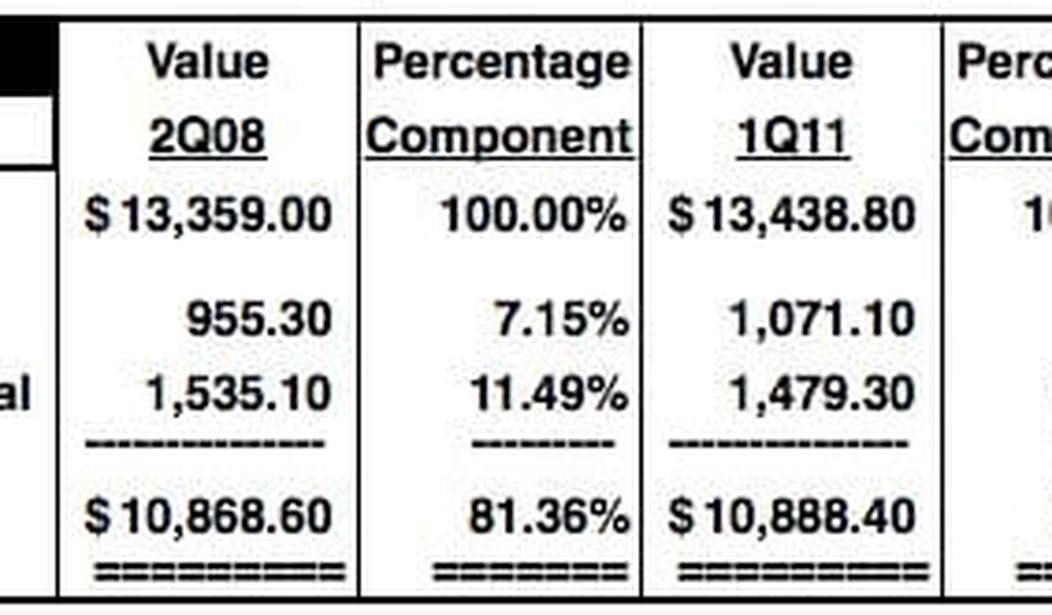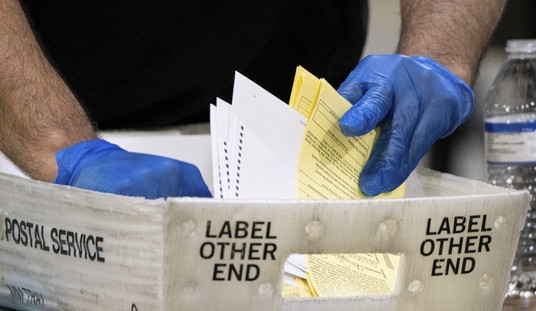According to the Urban Dictionary, a person with “the Sidam Touch” has an ability that is “[t]he opposite of The Midas Touch, which turns everything to gold.” A person with the Sidam Touch “breaks and/or ruins everything.”
To say that President Barack Obama and his administration, especially what’s left of his economic team, have the Sidam Touch is the understatement of the 21st century.
In early February 2009, in the run-up to the passage of the American Recovery and Reinvestment Act (ARRA), known to most as “the stimulus,” the newly sworn-in Obama flexed his Sidam Touch muscles, repeatedly telling the nation: “Doing nothing is not an option.” Fittingly, Obama flew Ohio’s Sherrod Brown in on a government plane from the funeral of Brown’s mother so that the Buckeye State senator could cast the deciding vote.
So how has it worked out? In December 2010, James Cogan and John Taylor at the Hoover Institution overestimated the impact of the stimulus plan by saying that it accomplished “zero.” On May 12, Professors Timothy Conley and Bill Dupor released more precise results demonstrating that ARRA really “created/saved 450 thousand government-sector jobs and destroyed/forestalled one million private sector jobs.” For the math-challenged, that’s a net loss of 550,000 jobs. A bit over two years later, it is abundantly clear that doing nothing would have been vastly preferable.
It may be lip service, but the president and his advisers continually tell us that private sector growth is important. On May 10, White House economic adviser Austan Goolsbee said: “You want the private sector to be the source of growth because that’s where the sustainable job creation is.” That’s interesting, because, as seen below, after almost three years, largely thanks to the Sidam Touch employment results just noted, the private sector’s inflation-adjusted size is barely back to where it was before the recession as normal people define it began, while the federal component of gross domestic product (GDP) has grown by 12%:
The situation is much worse than it appears, because personal consumption expenditures, which are part of the private sector total above, include money spent by those who receive their “income” from government transfer payments. Such handouts have exploded, even after the recession’s end in June 2009. From that point until February of this year, the number of food stamp recipients ballooned to over 44 million, an increase of more than 9 million. Shoot, you can have over $80,000 in the bank or win a $2 million lottery prize and still receive food stamp benefits. Overall, government payments as a percentage of all income hit 18.3% in 2010, an all-time high.
In the housing market, we see the administration’s Sidam Touch on steroids. This is another instance where doing nothing would have been a better option than the path chosen. Instead of letting the housing and home-lending messes sort themselves out, Team Obama’s Home Affordable Modification Program (HAMP) has seriously gummed things up. The average cost to taxpayers of each HAMP modification has been $22,600, while the program’s existence has until recently kept many banks from trying to impose their own modification terms. While this has dragged on, new home construction remains at a post-World War II low, largely because competing bargain-basement foreclosure properties haven’t been cleared from the market.
Just imagine how bad the economy’s results would be if it weren’t for Texas, where the Midas Touch still rules, at least for the moment. Since the recession’s end through April, the U.S. economy added 535,000 seasonally adjusted jobs. An incredible half of them were added in Texas, which has only 8% of the nation’s population. Texas’s April unemployment rate of 8.0% was a full point below the U.S. as whole.
Naturally, the Sidam Touch-infected Obama administration is trying to put a stop to these good things, perhaps especially because Governor Rick Perry is starting to look like a viable 2012 presidential opponent if he chooses to run. The president’s recent campaign appearances in Texas can’t hide the fact that his regime has declared economic war on the state in ways big and small:
- The biggest is the U.S. Environmental Protection Agency’s hijacking, without legal basis, of the state’s authority to issue air permits for large power and industrial projects. In a scathing January editorial, the Wall Street Journal observed that the EPA is punishing the Lone Star State “for not obeying rules that don’t exist today because the EPA hasn’t finalized them.” As of early May, the EPA still had authority over Texas’s permits.
- Then there’s the Federal Emergency Management Administration’s denial of disaster area status to sections of the state hit by wildfires which have consumed more than 2 million acres and caused over $500 million in damage. In 2006, FEMA declared a disaster in Texas when less acreage burned. Its 2011 decision reeks of political malice.
- Relatively minor, but certainly seen as spiteful by those involved, is the administration’s inexplicable (unless you consider politics) snub of Houston, the home of NASA’s mission control and its astronauts, as a site for one of the four museum-bound space shuttles.
Since President Obama and his brain trust surely know that the Sidam Touch actions being taken against Texas will hinder its economy and hurt job growth, one can only conclude that they don’t care. This leads to a broader and much more important question: do they really care if the economy recovers anywhere else, or are they on an entirely different mission?










Join the conversation as a VIP Member